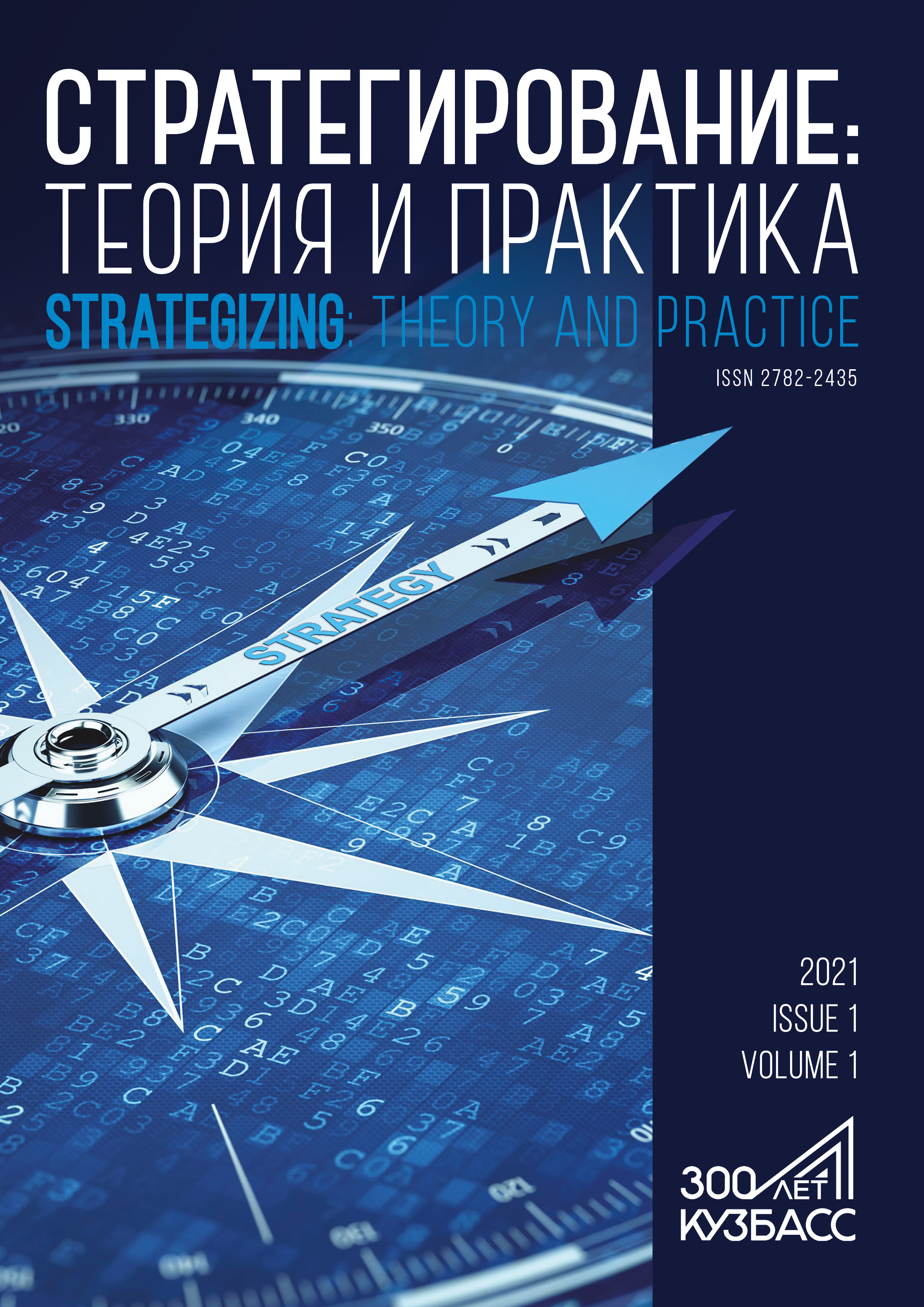Moscow, Moscow, Russian Federation
According to global forecasts, emerging-market countries have a more rapidly developing consumption rate than developed economies. Their global consumption share will continue to grow in the nearest future. Large industrial enterprises have the best competitive position to focus their products and services emerging-market countries because they have strong brands as well as high-quality customer service, hi-tech innovations and infrastructure. Such emerging-market countries as China, India, and Brazil provide strategic opportunities for long-term development. Successful expansion into the emerging-market countries profit margins, asset turnover, and geographic diversification in the long run. The research objective was to study the strategy development of light industry and fashion businesses in emerging-market countries. The paper introduces an in-depth OTSW-analysis of strategic opportunities and trends. The author emphasizes the role of fashion strategizing as an effective tool that makes it possible to take into account industrial characteristics. The research results can help to strategize the national brand “Made in Kuzbass” in emerging-market countries, thus contributing to the global image of Kuzbass.
light industry, fashion industry, fashion - strategizing process, industrial and regional strategizing, emerging-market countries, trends, OTSW-analysis
1. Dashkin RM, Dashkin EM, Khasanov TI. The fundamental characteristics of emerging markets. Journal of International Economic Affairs. 2019;9(1):135-156. (In Russ.). https://doi.org/10.18334/eo.9.1.40474
2. Demina TA, Klimov AV, Merzliakova AN. Fashion industry as an independent sector of economy. Services in Russia and Abroad. 2014;56(9):13-23. (In Russ.). https://doi.org/10.12737/10792
3. Kvint VL. Global emerging market: Strategic management and economics. Moscow: Biznes Atlas; 2012. 627 p. (In Russ.)
4. Mirziyoeva SSh. Review and comparative analysis of national strategies in emerging market countries. St. Petersburg State Polytechnical University Journal. Economics. 2019;12(5):58-73. (In Russ.). https://doi.org/10.18721/JE.12505
5. Khvorostyanaya AS. Development, implementation and effectiveness of a development strategy for a light industry enterprise (fashion industry). Moscow: Znanie-M; 2019. 202 p. (In Russ.)
6. Tsivilev SE. Kuzbass 2035: National interests and strategic priorities of the regional development. Russian Journal of Industrial Economics. 2020;13(3):281-289. (In Russ.) https://doi.org/10.17073/2072-1633-2020-3-281-289
7. Khvorostyanaya AS, Egorova AI, Maslov AA, Kolupaeva AV. The Kuzbass region strategic branding digitalization. Russian Journal of Industrial Economics. 2020;13(3):409-416. (In Russ.). https://doi.org/10.17073/2072-1633-2020-3-409-416
8. Abraha D, Hyder AS. Strategies in emerging markets and implications of the study. Transformation of Strategic Alliances in Emerging Markets. 2021;2:167-182. https://doi.org/10.1108/978-1-80043-748-720210009
9. Collins J, Reutzel C. Entrepreneurial strategies for emerging markets. Journal of Business Strategies. 2016;33.
10. Hoffmann J, Coste-Manière I. Global luxury trends: Innovative strategies for emerging markets. London: Palgrave Macmillan; 2012. 263 p. https://doi.org/10.1057/9781137287397
11. Holtbrügge D. Customer-driven internationalization strategies in emerging markets. The case of Schaeffler. In: Holtbrügge D, Haussmann H, editors. The internationalization of firms. Reihe: Nürnberger Edition zum Internationalen Management; 2017. pp. 61-76. https://doi.org/10.5771/9783957101983-61
12. Hyder AS, Abraha D. Marketing strategy in emerging market alliance: a longitudinal study. Journal for International Business and Entrepreneurship Development. 2014;7(4):309-325. https://doi.org/10.1504/JIBED.2014.064451
13. Inkpen A, Ramaswamy K. Global strategy: Creating and sustaining advantage across borders. Oxford: Oxford University Press; 2005. 260 p. https://doi.org/10.1093/acprof:oso/9780195167207.003.0008
14. Kvint V. Strategy for the global market: theory and practical applications. New York, London: Routledge; 2016. 548 p.
15. Lineberry N., Snyder E., Gunda S. Market watch: Pricing strategies for emerging markets. Nature reviews Drug discovery. 2011;10(8). https://doi.org/10.1038/nrd3519
16. Marquis C., Raynard M. Institutional strategies in emerging markets. Academy of Management Annals. 2015;9:291-335. https://doi.org/10.2139/ssrn.2490417
17. Mihailova I, Panibratov A. Determinants of internationalization strategies of emerging market firms: A multilevel approach. Journal of East-West Business. 2012;18(2):157-184. https://doi.org/10.1080/10669868.2012.709922
18. Napathorn C. The internationalization and HR strategies of emerging-market MNCs: The case of Thai MNCs. Academy of Management Proceedings. 2017;2017(1). https://doi.org/10.5465/AMBPP.2017.168
19. Park YW. Architecture analysis and core competence strategy for emerging markets. In: Park YW, editor. Business architecture strategy and platform-based ecosystems. Singapore: Springer; 2018. P. 33-44. https://doi.org/10.1007/978-981-10-5535-5_4
20. Samiee S, Chirapanda S. International marketing strategy in emerging-market exporting firms. Journal of International Marketing. 2019;27(1):20-37. https://doi.org/10.1177/1069031X18812731.
21. Cuervo-Cazurra A, Carneiro J, Finchelstein D, Duran P, Gonzalez-Perez MA, Montoya MA, et al. Uncommoditizing strategies by emerging market firms. Multinational Business Review. 2019;27(2):141-177. https://doi.org/10.1108/mbr-07-2017-0051





